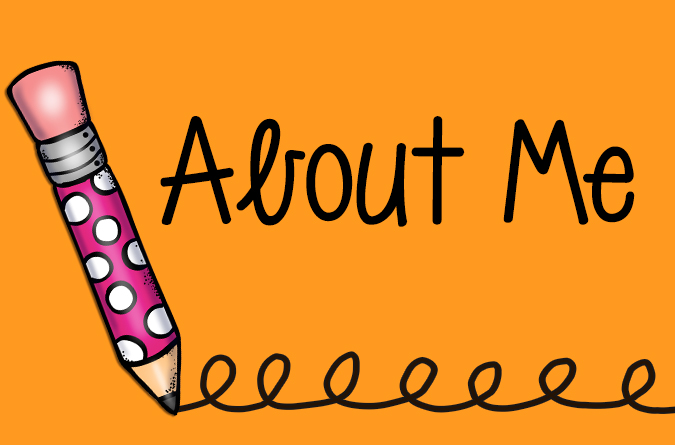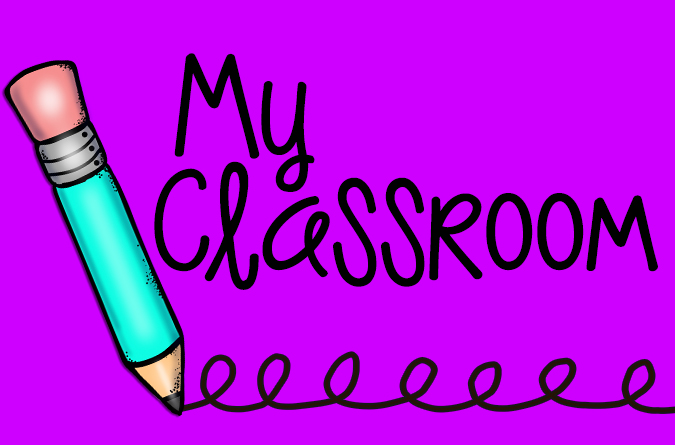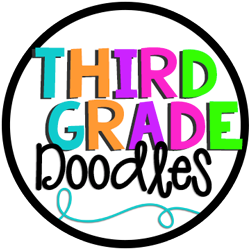Welcome back! Today I want continue the discussion of Essential Practice 1:
Essential Practice #1: Deliberate, research-informed efforts to foster literacy motivation and engagement within and across lessons.
The third bullet of this practice states:
The teacher offers regular opportunities for children to collaborate with
peers in reading and writing, such as through small-group
discussion of texts of interest and opportunities to write within
group projects.
Collaboration is a fancy term that means...LET THEM TALK! As teachers, we love quiet classrooms, don't we? We think our administrators are judging our classroom management skills based on how quiet our classroom is. But in fact, it is the always-silent classroom that I really worry about. Really, really worry. Teacher - deep down in your heart you know that the most magical things happen when your students are having meaningful dialogue about their learning. So, let them talk!
1. Provide time for students to read with partners or in small groups.
Sometimes we call this buddy reading and our students love it! Students can take turns reading aloud or read together chorally. Either way, it is a great way to practice reading fluency. When working together, students will be more likely to stop and process the text and discuss the pictures, which is really great for reading comprehension.
2. Have students create their own questions about a text and discuss the answers with peers.
Asking and answering questions with a peer is much more engaging that filling out a worksheet...that is for sure!! So, instead of giving students a list of comprehension questions to answer silently after reading, have students generate a few questions about a text and then work with a partner to talk about the answers. Of course, you would need a few lessons on "thin vs thick" questions to steer them in the right direction, but I get so excited thinking about the critical thinking involved in having students write their own text questions!!
3. Allow students to do Team Summaries of texts they are reading.
Summarizing is such a critical reading skill and students need lots and lots of practice with it. Having students collaborate with partners or teams to write effective summaries not only makes it more fun, but also gives them an opportunity to think critically about a text. As they discuss the events and/or details in the text they will discuss and debate which ideas are important enough to be included in the summary. Place students in temporary, heterogeneous groups; both striving and thriving readers will benefit from this type of group work!
4. Have students do Literature Circles instead of book clubs.
If you have never done literature circles (Smokey Daniels), you are missing out. Students are placed in small groups to discuss a book. Each person in the group has a different role to support the discussion. There are a variety of different roles to choose from including discussion director, literary luminator, connector, word wizard, etc. The roles help to structure the conversation as the group discusses the book. Students are highly motivated to read and engaged in a text when they know they have an important role to play in their book club.
5. Give time for Book Talks
In my previous post about matching books to readers, I discussed the importance of creating structures for students to recommend books to one another on a consistent basis. Book talks are a great way to do this (and a great way to practice summarizing too)! The idea is simple. Allow students to pick a book they would like to "book talk" with their partner, a small group or the class. They plan out their summary of the book by using a simple outline (for example, a summary of the book, and some reasons why their peers might like it also). Then schedule a time each week when students can do their book talks! THEY LOVE THIS....and it will help to create an amazing community of readers in your classroom!
6. Provide opportunities for students to collaborate around writing
Reading and writing instruction go hand-in-hand and students should be given regular opportunities to collaborate with their peers about their own writing as well as the writing of mentor authors. I have students meet daily with their writing partners to share what they are working on and to get peer feedback. Peer editing is so helpful for students as well...they can rely on one another to polish their writing and take this off your plate! Students also love dissecting a mentor text with their peers. I love to see them putting their little heads together in front of a great book, and having great conversations about author's craft. This is perfect to do before starting a writing unit on a new text type. I have a great post about this if you want to learn more: Immerse Your Students in Great Writing with Mentor Texts
7. Use a jigsaw to help students to unpack challenging informational or content-area text.
I love a good jigsaw!! We do them at professional development sessions often, and I think it is a great way to break down long, and complex texts into smaller components, while also giving a great context for collaborating about the text. If you have never done a jigsaw, the idea is simple. You divide a piece of text (an article, short text, or even a whole book) and have each member of the group read one the parts. Then you give an adequate time to read (which may be minutes or days, depending upon the length of the text). Then the group comes together and "teaches" about the part they read and gives their own insights. After everyone has taught about their section, the group can analytically discuss the text as a whole, discussing what they've learned, asking and answering questions. This techniques really helps students to understand more complex text because they have the opportunity to discuss and analyze one small part at a time, with the added insights of their peers.
These are just a few ways to incorporate student collaboration into your daily reading lessons. When your principal walks in and HEARS all of the chatter going on.....rest easy. Because she will SEE some highly engaged students talking about their reading. And that is exactly what they want to see! Trust me!
This post is part of a series about the Essential Practices in Early Literacy:
- Creating Opportunities for Students to See Themselves as Successful Readers
- Relentless Matching of Books to Readers
- Collaboration
- Choice
- Creating Authentic Purposes for Reading
- Generating a Classroom (and School) Community of Readers
Here are some products that you might like:
Thank you for visiting...I love to COLLABORATE with fellow teachers...so please feel free to comment on this post. You can also follow me {and receive a free gift} by clicking on "Subscribe" to the right of this post.



























No comments
Note: Only a member of this blog may post a comment.